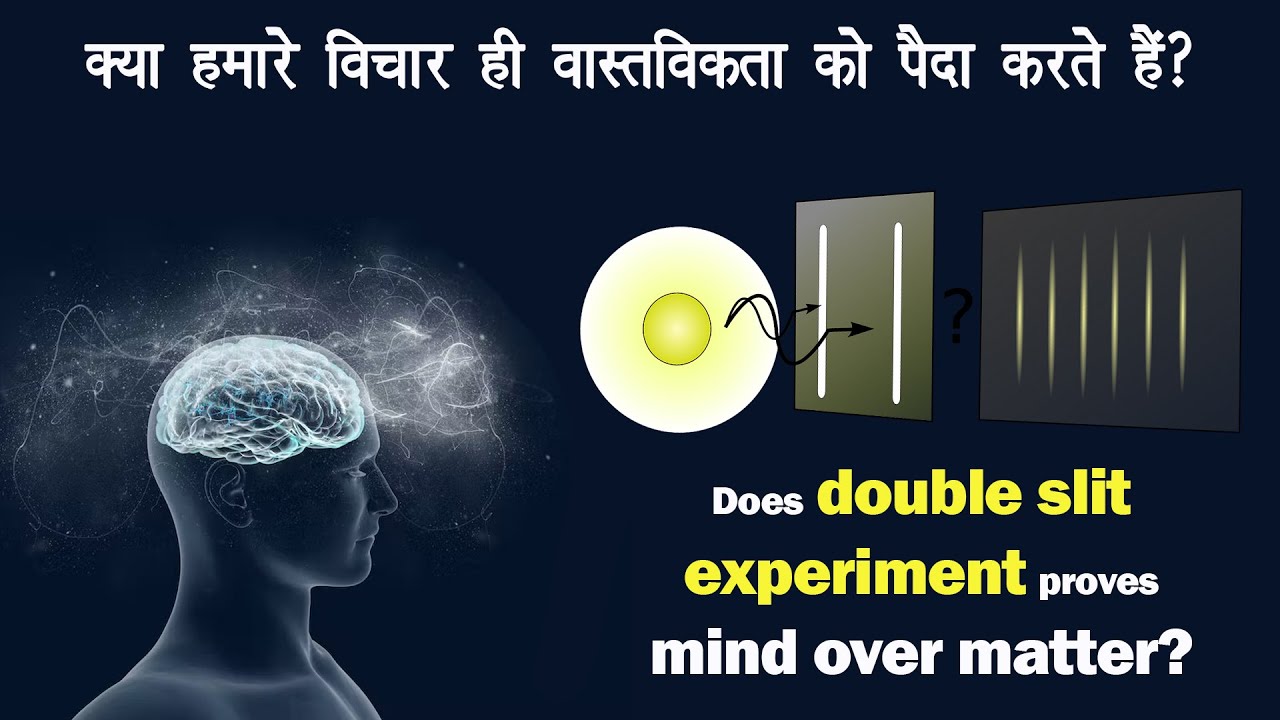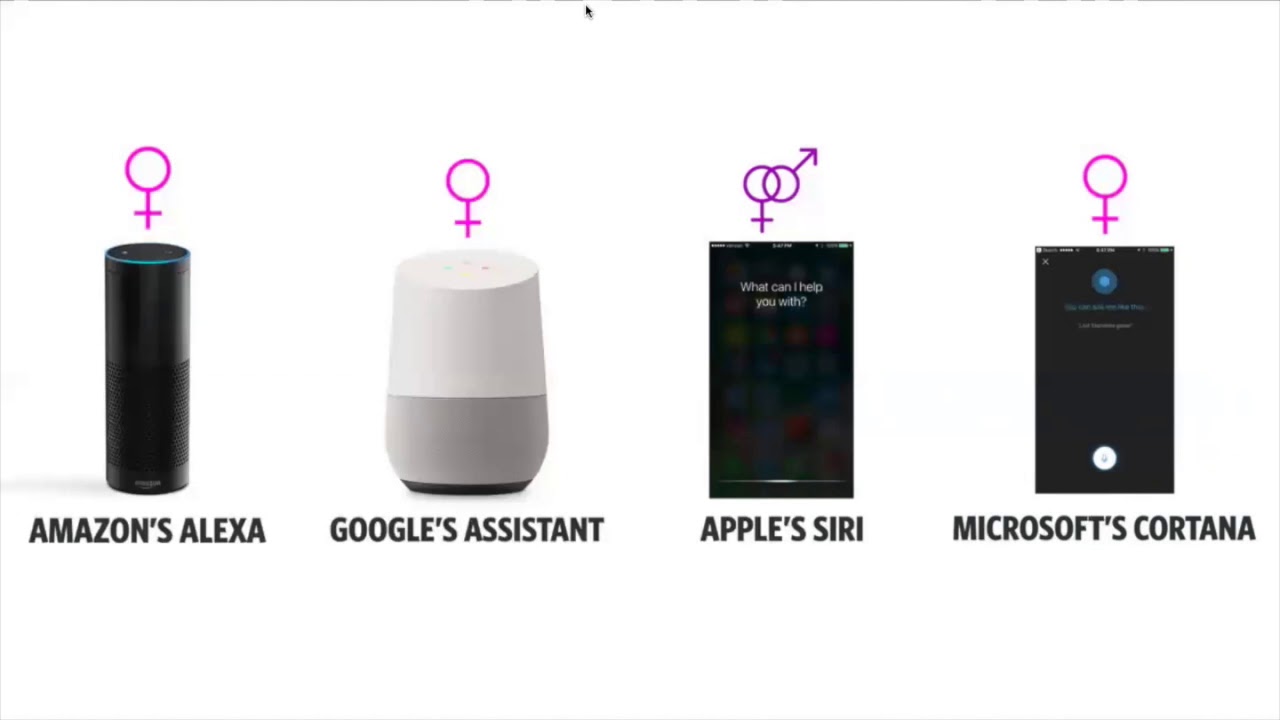SoftBank Robotics Europe
How could you build a robot that really felt pain, instead of just displaying avoidance reactions? Why does red look red to us, rather than looking green? Questions like this remain mysterious if you take the classic view that sensations are the kinds of things that can be generated by physico-chemical mechanisms in the brain, or in a robot.
The “sensorimotor approach” on the other hand suggests that it is a mistake to think that sensations are the kind of things that can be generated. Instead the approach claims that we should think of sensations as ways of interacting with the environment. The quality of a sensory experience is then constituted by the laws of “sensorimotor contingency” that link voluntary actions to the resulting changes in sensory input.
I shall illustrate how taking this stance predicts and explains known phenomena such as Change Blindness and sensory substitution, and gives rise to interesting empirical paradigms. I shall illustrate with the example of color, and with the question of how the notion of space could emerge in an infant or robot.
Dr Kevin O’Regan – Researcher Scientist – Laboratoire Psychologie de la Perception – University of Paris Descartes
Kevin O’Regan is ex-director of the Laboratoire Psychologie de la Perception, CNRS, Université Paris Descartes. After studying theoretical physics at Sussex and Cambridge Universities, Kevin moved to Paris in 1975 to work in experimental psychology at the Centre National de Recherche Scientifique. Following his Ph. D. on eye movements in reading he showed the existence of an optimal position for the eye to fixate in words. His interest in the problem of the perceived stability of the visual world led him to question established notions of the nature of visual perception, and to predict, with collaborators, the phenomenon of “change blindness”. His current work involves exploring the empirical consequences of a new “sensorimotor” approach to vision and sensation in general. He is particularly interested in the problem of the nature of phenomenal consciousness, which he addresses experimentally and theoretically in relation to sensory substitution, sensory adaptation, pain, color, space perception, and developmental psychology. He is interested in applying this work to robotics. Kevin O’Regan has recently published a book: “Why red doesn’t sound like a bell: Understanding the feel of consciousness” with Oxford University Press.
The A-Talks are gathering world-reknowned experts in fields related to robotics & AI, presenting ground breaking ideas in various domain from robotics and computer science, to psychology, language or social sciences. We want to bring to the audience fresh new ideas, just beyond the level of popular science into the real core of today’s top most advanced research in the field. Our ambition is that if you listen to an A-Talk, there is a good chance you’ll hear ideas that you’ve never heard before!
Source




Gosh. This is exactly what I'm working on. I have to agree with his approach to "feel".
Great presentation. I wonder if you could give access to the keynote file?
I had proposed this very approach to the nature of feelings and the birth of conscience to my gf, yesterday morning, after we'd discussed some stuff from an old book by Steiner and this O'Regan came up, since she also has a book of his about colors – she saw his theory about perception and experience in what I was saying to contrast what I found was an absolutist view of Steiner's in abstracting the "I" from the rest of the world.
Hi there – I'm interested in the matrix here. Is this that an LMS 3×3 matrix exists for each surface and such a matrix corresponds to the colour of that surface? I would like to see it written down somewhere if someone could point me to a source? Thanks a mill.